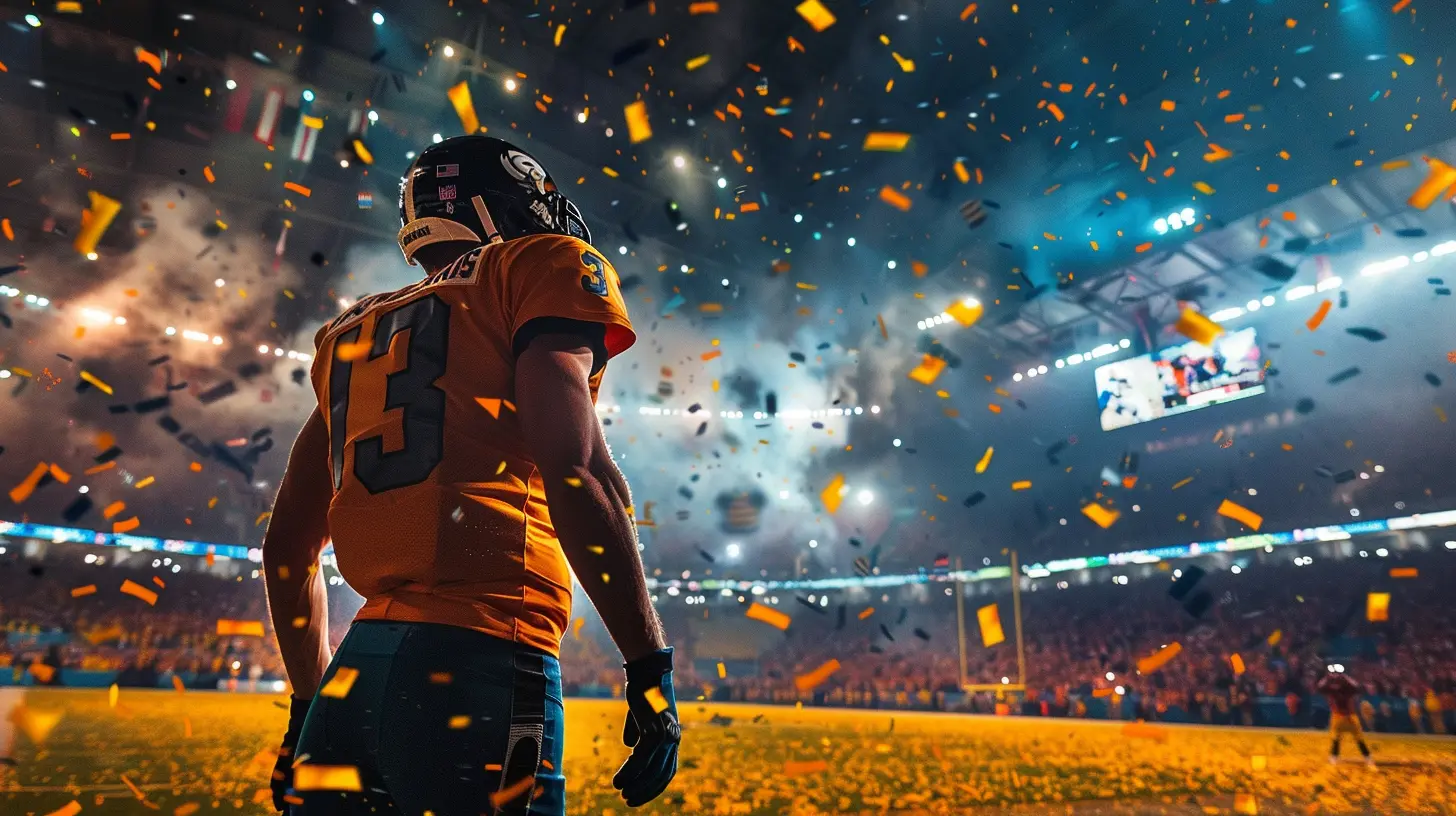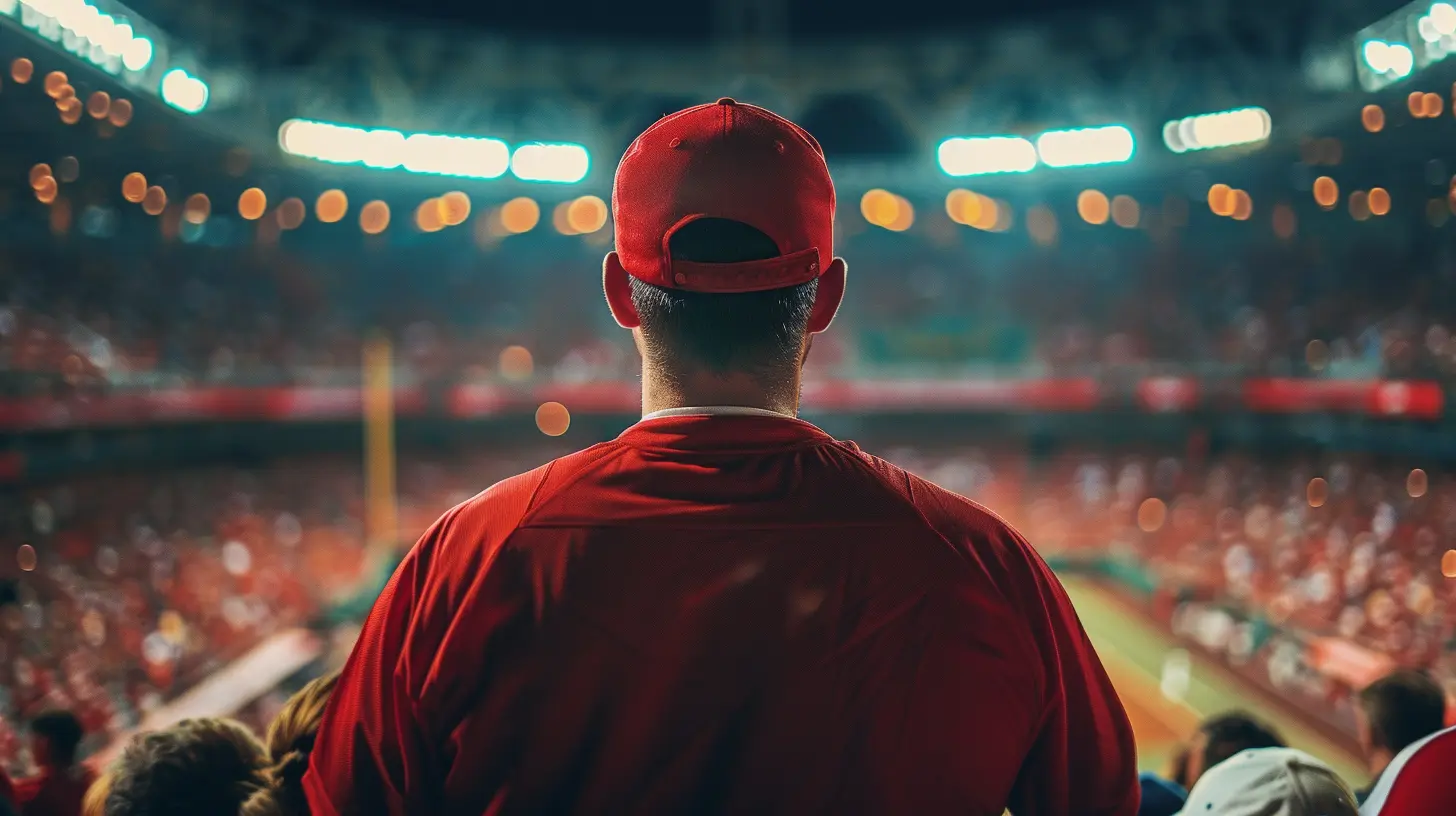Why Emotional Storytelling Works in Sports Marketing
30 May 2025
Sports have always been more than just games. They're about passion, perseverance, and the human spirit pushing beyond limits. Think about it—why do we hold onto moments like Michael Jordan’s iconic final shot or Muhammad Ali's "Rumble in the Jungle" victory? It’s not just about athletic performance; it’s about the emotions they stir within us.
That’s exactly why emotional storytelling is such a powerful tool in sports marketing. It transforms simple promotions into unforgettable narratives that form deep connections with fans. But what makes emotional storytelling so effective in sports marketing? Let’s break it down.

The Power of Emotional Connection
At its core, storytelling taps into human emotions. We don’t just remember facts and statistics—we remember how things make us feel. And in sports, emotions run high. Whether it’s the heartbreak of a loss or the elation of a last-second victory, fans are emotionally invested in their teams and athletes.Sports marketers harness this emotional investment by crafting narratives that go beyond wins and losses. When done right, storytelling can:
- Build loyalty among fans
- Strengthen brand identity
- Inspire engagement and social sharing
- Drive revenue and ticket sales
Why Do We Connect Emotionally?
Humans are wired to respond to stories. Our brains release oxytocin—the "love hormone"—when we hear a compelling narrative. This chemical enhances feelings of trust and connection, which is why a well-told sports story can make fans feel like they’re part of something bigger.
How Emotional Storytelling Works in Sports Marketing
Now that we know emotions are key, let’s dive into how sports marketers successfully use storytelling to engage their audience.1. Underdog Stories – The Heart of Sports
Everyone loves a good underdog story. It's why people rally behind athletes who overcome adversity—like a player rising from poverty to superstardom or a team defying impossible odds to win a championship.Example: Remember Leicester City’s incredible 2015-16 Premier League season? They defied all expectations, proving that passion and teamwork can make the impossible happen. That story wasn’t just about soccer—it was about hope, resilience, and proving doubters wrong.
2. Behind-the-Scenes Journeys – Humanizing Athletes
Today’s fans don’t just want to see the game; they want to know what happens behind the scenes. They crave personal insights into athletes' struggles, sacrifices, and training regimens.By showcasing an athlete’s journey—whether through documentaries, social media, or interviews—marketers build emotional connections between fans and players.
Example: Netflix’s “Drive to Survive” has revolutionized Formula 1’s popularity by providing an intimate look at drivers' emotions, rivalries, and personal struggles. It makes the audience care about individuals, not just their performances on the track.
3. Nostalgia – Revisiting Iconic Moments
Nostalgia is a powerful emotion. People love reliving great moments from the past, and marketers often use this to their advantage.By highlighting historic games, legendary athletes, and iconic moments, brands can tap into fans' existing emotional connections with the sport.
Example: Nike frequently revisits Michael Jordan’s career in its ads, reminding fans of his greatness while reinforcing the legendary status of the Jordan brand.
4. Community and Belonging – Strengthening Fan Loyalty
Sports bring people together. Whether it’s a local club or a national team, fans feel a deep sense of belonging to their chosen teams.Marketers capitalize on this by creating campaigns that emphasize unity, pride, and the shared experience of fandom.
Example: Adidas’ “Impossible Is Nothing” campaign isn’t just about selling shoes—it’s about inspiring people to push boundaries while being part of a larger movement.
5. Emotional Video Campaigns – The Visual Impact
A great video can evoke emotions better than any other form of content. Music, narration, and slow-motion replays add weight to emotional storytelling, making it nearly impossible to ignore.Brands like Nike, Adidas, and Under Armour frequently produce cinematographic ads that go viral—not just because they’re well-made, but because they stir deep emotions.
Example: Nike’s “You Can’t Stop Us” campaign during the pandemic emphasized resilience and unity across different sports, perfectly capturing the emotional struggles of athletes and fans alike.

Why Emotional Storytelling Works Better Than Traditional Marketing
Traditional advertising focuses on product features and benefits. Emotional storytelling, on the other hand, sells a feeling—something customers are more likely to remember and act upon.The Science Behind Emotional Marketing
1. Emotions Enhance Memory: People remember emotionally charged moments better than neutral ones.2. Emotions Drive Purchasing Decisions: Studies show that emotions are the main factor in brand loyalty, even more than price or product features.
3. Emotions Increase Engagement: Emotional content is shared more frequently, leading to greater brand exposure.
Loyalty and Brand Trust
Emotional storytelling doesn’t just lead to one-time purchases—it builds long-term loyalty. When fans feel emotionally connected to a brand, they stick with it, recommend it, and become repeat customers.
How to Incorporate Emotional Storytelling in Your Sports Marketing
Want to create campaigns that resonate? Here’s how:1. Know Your Audience: Understand what makes your fans tick. Are they drawn to nostalgia, underdog stories, or heroic comebacks?
2. Use Real Stories: Authenticity is key. Make sure your storytelling is based on genuine narratives.
3. Utilize Multiple Platforms: Engage your audience through videos, social media, blogs, and live events.
4. Evoke Emotion with Visuals & Music: Pair strong visuals with emotional music to maximize impact.
5. Encourage User-Generated Content: Let fans share their own emotional sports moments to create a sense of community.
Final Thoughts
Emotional storytelling in sports marketing isn’t just a buzzword—it’s a strategy that truly works. It connects with fans on a deeper level, making them feel part of something bigger than themselves. Whether it's an underdog’s triumph, a nostalgic tribute, or a behind-the-scenes journey, great stories create lasting impressions.So next time you're crafting a sports marketing campaign, ask yourself: Are you just selling a product, or are you telling a story that makes people feel something? Because in sports, emotions are everything.
all images in this post were generated using AI tools
Category:
Sports MarketingAuthor:

Onyx Frye
Discussion
rate this article
3 comments
Elsinore Hodge
Emotional storytelling in sports marketing taps into the deep connections fans have with teams and athletes. By evoking nostalgia and shared experiences, it transcends mere branding, fostering loyalty and engagement. This strategy not only sells products but cultivates community and belonging.
June 15, 2025 at 10:28 AM

Onyx Frye
Absolutely! Emotional storytelling resonates deeply, transforming fans' connections into lasting loyalty and community. It's a powerful strategy that goes beyond traditional marketing.
Anisa McAnally
What makes emotional storytelling so powerful in sports marketing? Is it the connection, or a deeper understanding of athletes' journeys?
May 31, 2025 at 2:26 AM

Onyx Frye
Emotional storytelling in sports marketing is powerful because it forges a deep connection between fans and athletes, allowing audiences to resonate with the personal journeys, struggles, and triumphs that define their heroes. This shared emotional experience fosters loyalty and engagement.
Amalia Gates
Emotional storytelling in sports marketing isn’t just a tactic; it’s a game-changer. It taps into the heart, turning athletes into heroes and brands into families. When passion and vulnerability unite, fans don’t just consume; they connect. In sports, emotions aren’t just felt—they’re the foundation of loyalty.
May 30, 2025 at 12:37 PM

Onyx Frye
Thank you for your insightful comment! I completely agree—emotional storytelling truly transforms sports marketing by fostering deep connections between fans and brands, ultimately cultivating loyalty.



